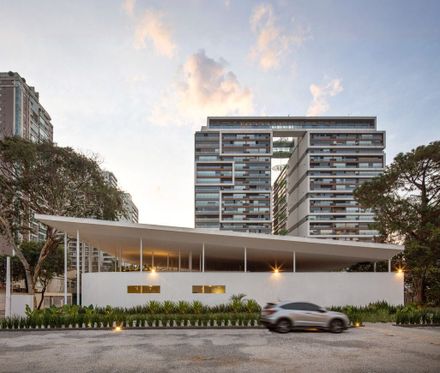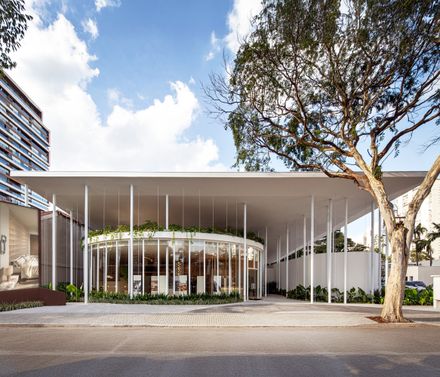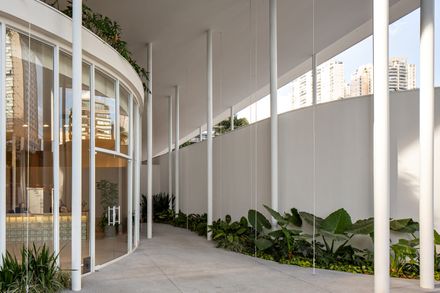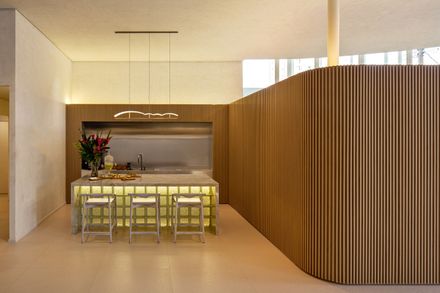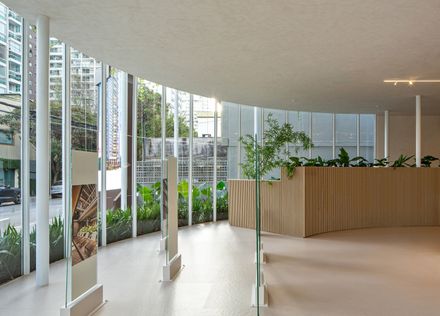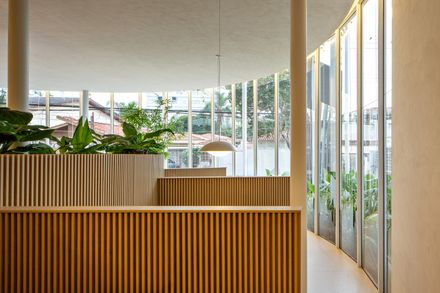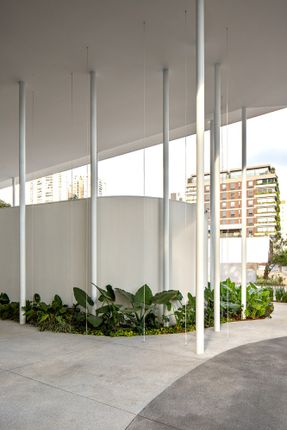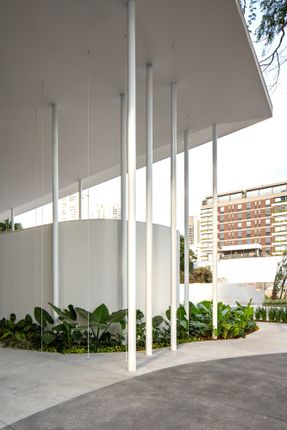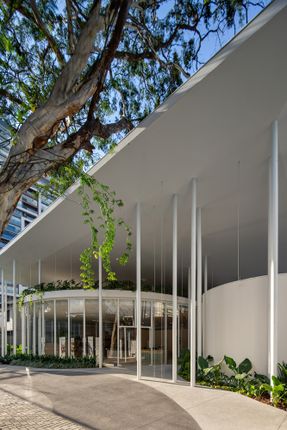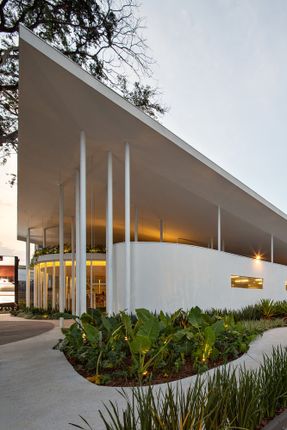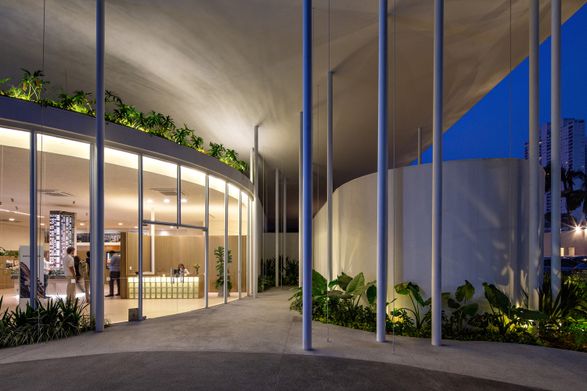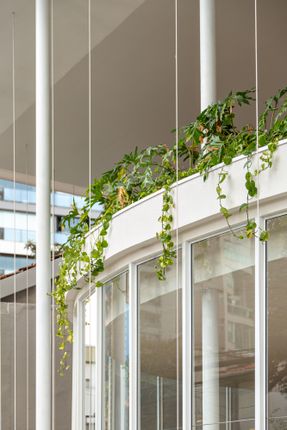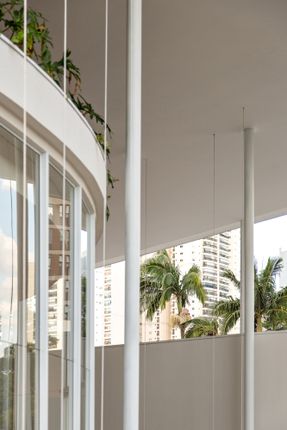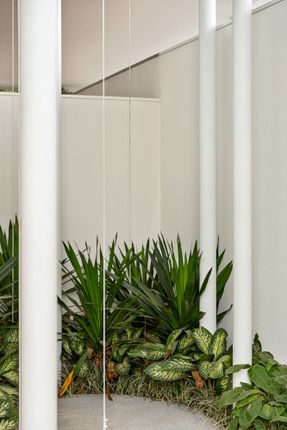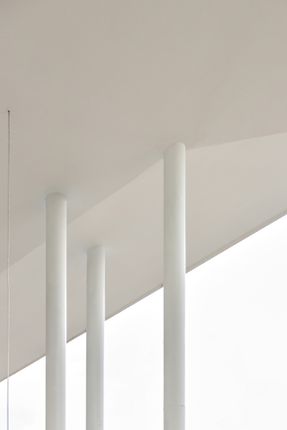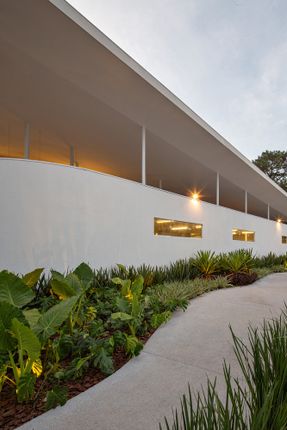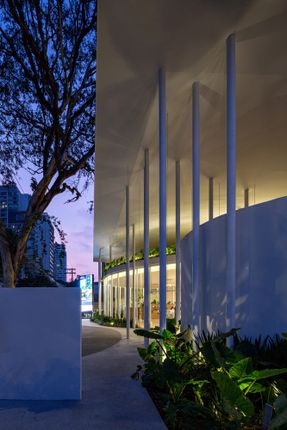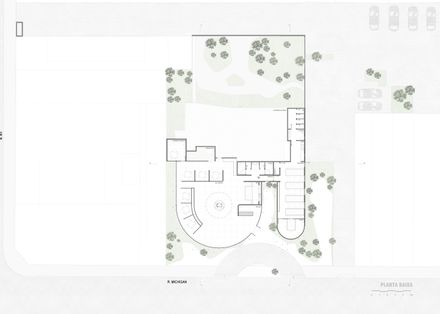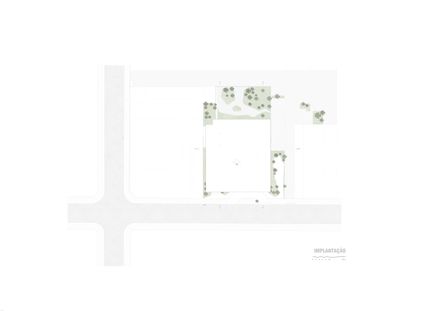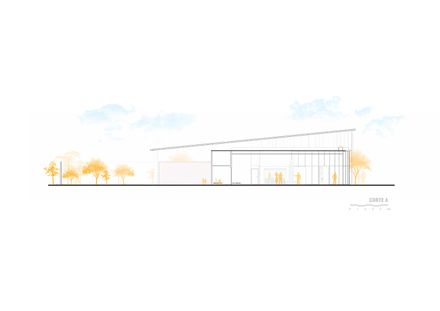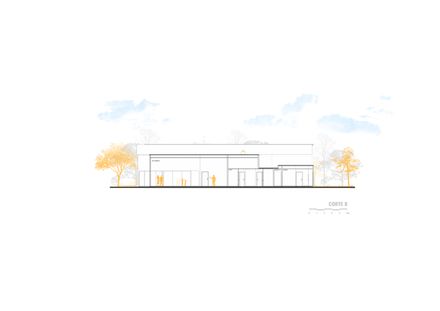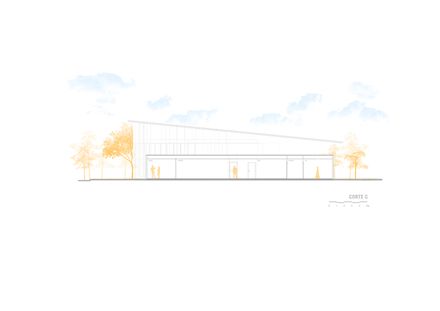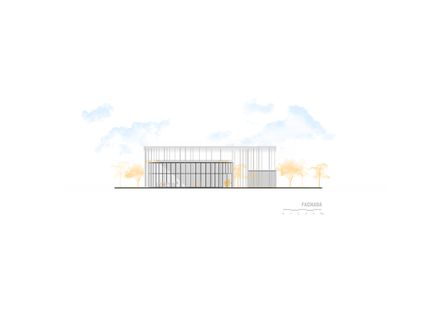Pavilion Tess
ARCHITECTS
Estúdio Leonardo Zanatta
INTERIOR DESIGN
Estúdio Leonardo Zanatta
LEAD ARCHITECT
Leonardo Zanatta
COORDINATION
Henrique Azevedo
PROJECT TEAM
Davi Erbs, Nathália Whehmuth, Lucas Carilli
TECHNICAL TEAM
Anna Schmutzler
YEAR
2025
LOCATION
São Paulo, Brazil
CATEGORY
Temporary Stores
Text description provided by architect.
The Tess Pavilion adopts strategies for passive thermal efficiency and structural decoupling. The flat roof is designed as an autonomous slab, dissociated from the main volumes, allowing for continuous ventilation and permanent shading.
The positioning of the openings was studied to optimize solar gain in winter and mitigate direct sunlight in summer, reducing energy consumption and improving thermal comfort.
The rhythmic metallic structure, with slender columns and tensioned elements, was inspired by the image of a harp, functioning as an organizing matrix of the space.
The structure is left exposed, without cladding, clearly communicating the constructive logic of the building with clarity and formal economy. The extended roof creates shaded transition zones between the interior and exterior.
The spatial organization of the volumes under the roof was inspired by the compositions of Russian Suprematism, emphasizing the juxtaposition of primary geometric shapes in different orientations and visual tensions.
This influence guides the fragmented arrangement of the volumes under an open orthogonal grid, giving the whole an abstract and dynamic reading. The resulting spatiality allows for multiple perceptions of the building as one moves around it.
Located in the Brooklin neighborhood, which is predominantly residential, the pavilion adopts a horizontal implantation, respecting the low profile of the surroundings.
The occupation avoids volumetric masses and prioritizes visual fluidity, creating a discreet and welcoming architectural presence. The design proposes a reading of lightness and formal silence, integrating naturally into the urban fabric.
Although initially intended as a commercial space, the building was designed to also host rotating cultural exhibitions, functioning as mixed-use urban infrastructure.
The architecture proposes a space accessible to the community, articulating public and private functions without formal hierarchy.
The pavilion acts as an activator of urban space, with the potential to host art, commerce, and social interaction.

